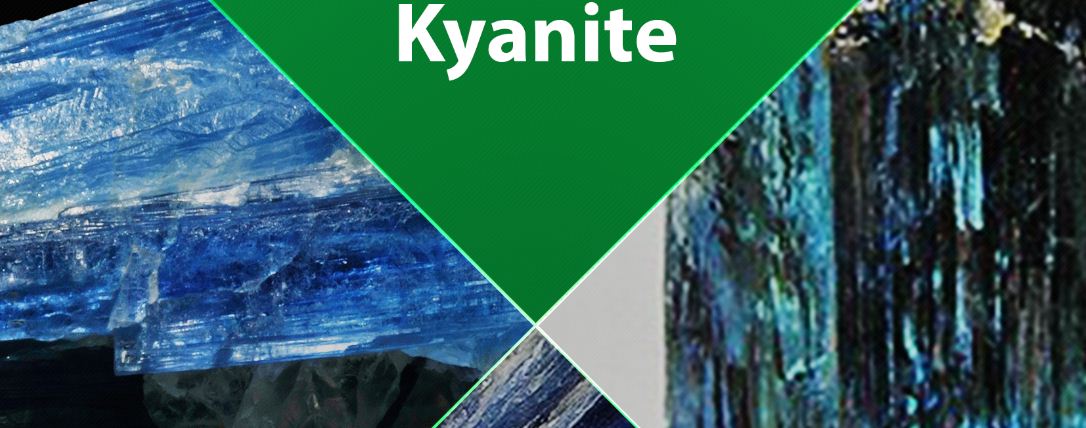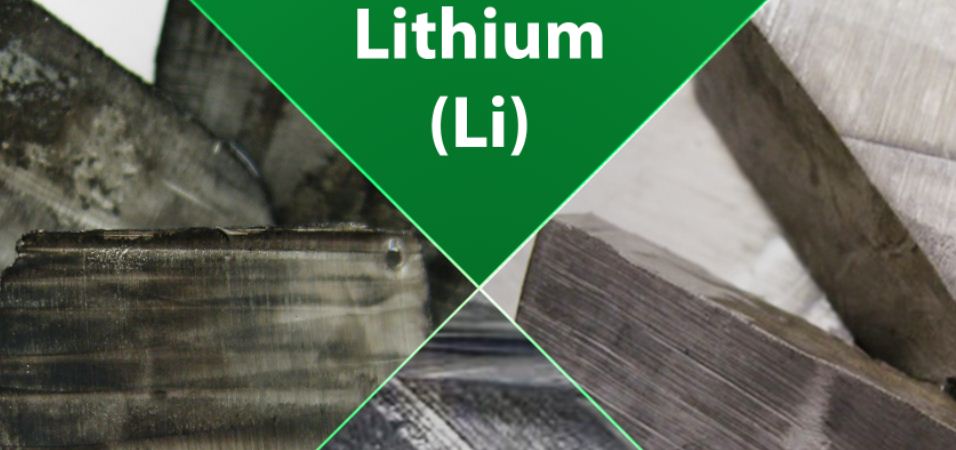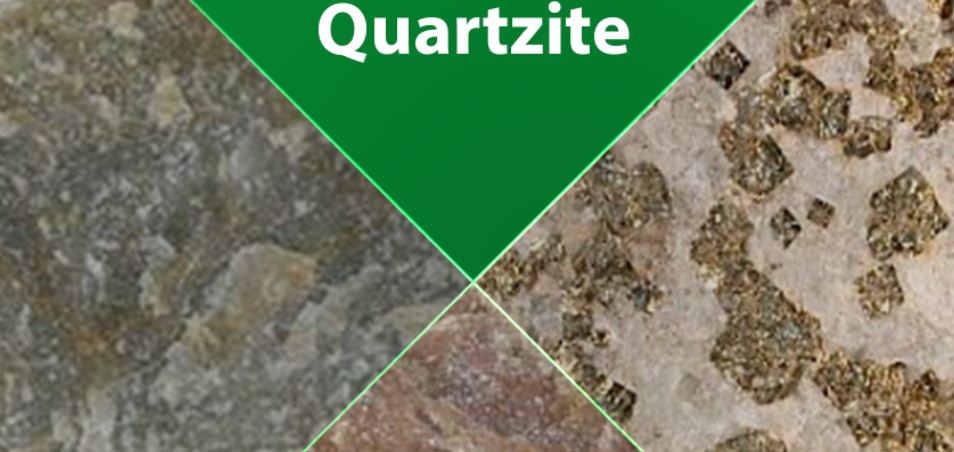Gravel Deposit In Nigeria Including Its Uses And The Endowed States
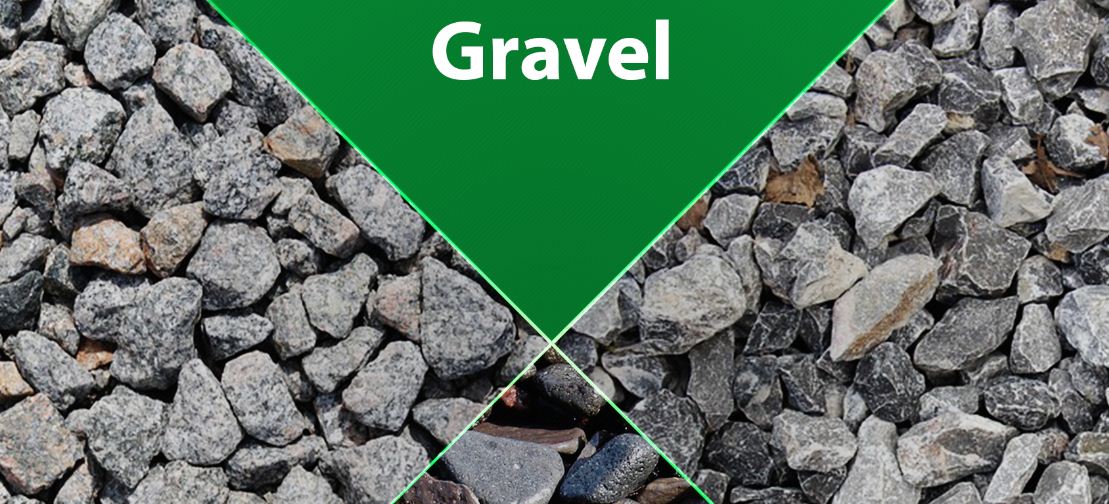
Gravel is one of the mineral resources potentials found in Nigeria, Western Africa, and is located in Niger State (Luku Village), Abia, and Plateau State (the gravel found is embedded in Cassiterite).
Unlike other mineral deposits in Nigeria, gravel and few others are some of the natural resources not only deposited in vast quantity but also can be seen almost in every state in the country.
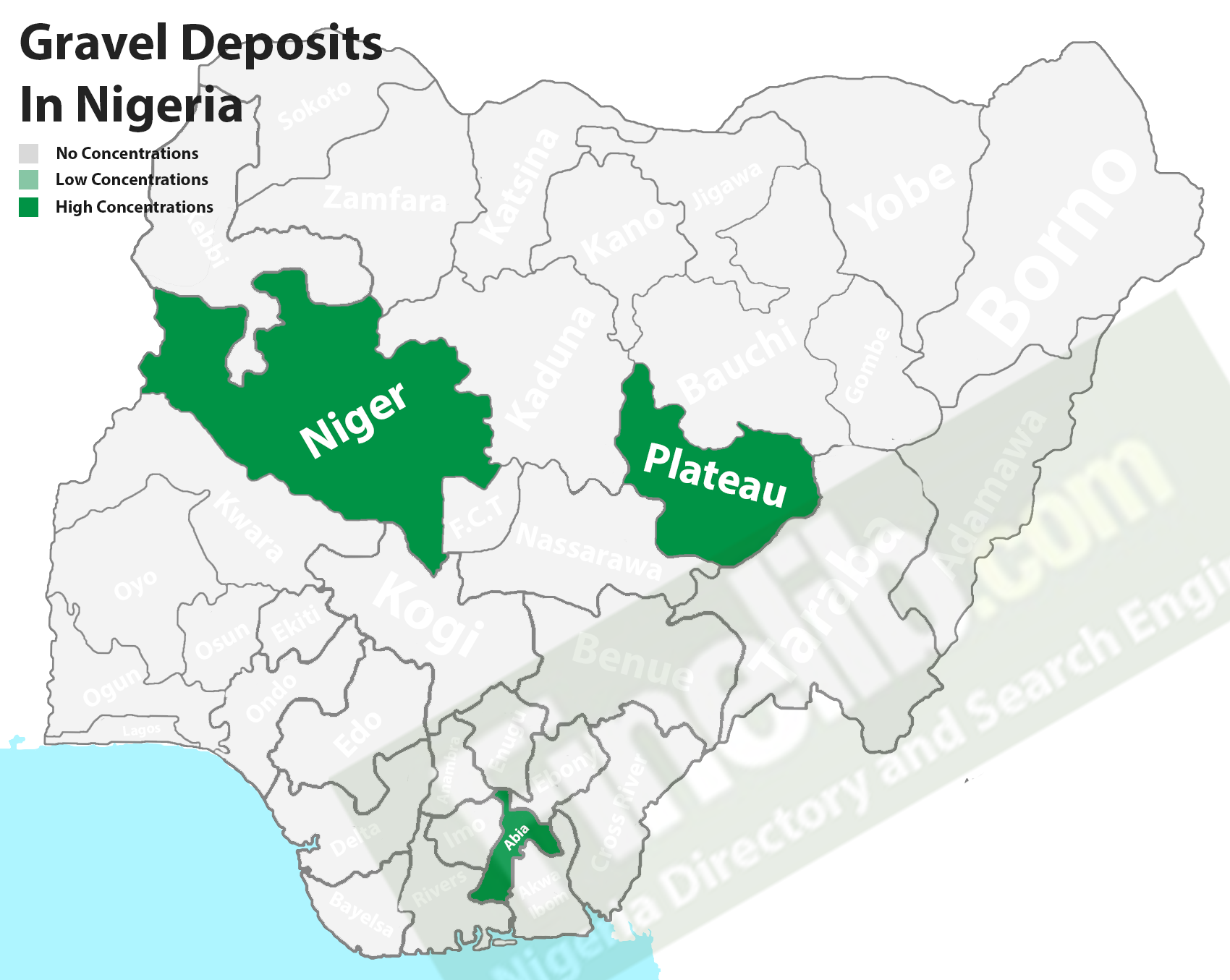
Properties of gravel
Gravel is a rock of largely loose particle (porous) which can either be in small sizes or forms as a sedimentary rock.
It is deposited in large quantities in the earth crust and in the sea and is formed as a result of rocks weathering and erosion which piles it up in large accumulations.
The accumulations of the gravel piles can lead to solidification due to compacted particles turning it into a sedimentary rock known as conglomerate.
This kind of sedimentary rock can be converted back to gravel through quarrying and crushing.
Gravels are of different types depending on their location and shapes such as bank gravel, bench gravel, pea gravel, and lots more.
Prices of gravel in Nigeria market
It is pertinent to know that the price of gravel is not steady anywhere in the world.
Usually, price is determined by the market location, the product’s quality as well as the brand in question.
However, the average price as of the year 2020 is given below;
Clean gravel of 1-¼ inch
7 tons (1 trip) - NGN 33,000 to NGN 42,000
15 tons (1 trip) - NGN 65,000
Mining of gravel
In mining of gravel, sand is also mined alongside with it as both forms aggregate and same equipment is literally used for both in the mining process.
To make the extraction of gravel easier, a gravel pit is dug, where the sand and gravels left behind can be extracted and separated accordingly by sizes.
There are other methods which can be used, which includes wet and dry pit mining, bar skimming, floodplain, and in-stream mining.
The most popular kinds of mining gravel for construction purposes are in-stream and near stream mining.
The gravel mined through this method is most preferred because they occur naturally and do not have sharp edges.
In-stream mining involves the use of backhoes when it comes to small rivers and then the use of barges when it involves large rivers.
Near stream mining on the other hand has to do with mining gravel in river beds of areas that are dry.
Both the in-stream and near stream method has to do with the use of draglines which are used to pull the material been mined.
Gravel Mining Equipment
Power Shovel: power shovel in gravel mining is used for digging gravel banks for the purpose of extracting gravel.
Draglines: These machines are used for the actual excavation of gravel.
Front End Loaders: this is a type of tractor used in loading gravel from the gravel banks to the crushing site.
Crushers: crushing equipments come in different series and are used for crushing large particles of gravel to required sizes.
Bucket Wheel Excavator: Used in open pit mining for digging continuously.
Sizing of gravel
It is a good thing to size gravel after it has been mined because they usually do not come in the same size.
To size, bars are used as they are placed on a hopper that receives the gravel that is big.
For better separation, the use of a screen is necessary as they big and small gravel pieces are separated and separately conveyed by the use of conveyors.
After this process, the gravels can go through washing and further processing depending on the consumer needs.
Uses of Gravel
It is used for roadways surface construction.
It is also used to make railroad ballast, roofing shingles, and water filtration.
Industrial sand and gravel is used to make glass, foundry sand, and abrasive sand.
It’s used in construction to make concrete blocks, pipes and bricks, and for mixing with asphalt.
It is used for water filtration whereby it acts naturally as filter in holding back impurities like sand.
It is used with pebbles to create a rough finish to the house exterior walls.
They are used in landscaping for gardens, driveways, and walkways.
Types of gravel
There are many types of gravel that exist. They include;
Naturally formed gravel
This type of gravel, just as the name implies occurs naturally. These occurrences are usually in rivers.
Therefore, they shape they have which is usually oval or round is gotten from nature and they usually do not have sharp edges. They are generally smooth.
They are the types mainly used in the construction of walkways and driveways.
Some divisions of naturally formed gravel include;
Bench gravel which is a type of gravel that originates from streams when the water withdraws, they remain by the side of the valley.
Pea gravel is naturally formed gravel just like the name implies has a very small and round feature and also comes usually in gray color.
Quartzite usually mixes with pea gravel and other gravel but it has features similar with pea gravel with the difference been that it have varieties of colors.
Lava rock usually comes with sharp edges, has very light weight and has a reddish-brown color.
Piedmont gravels are stones carried down to flat areas from mountain stream and they originate from high areas.
Plateau gravel is formed the same way as bench gravel as they bench gravel with the only difference been that they are located at plateaus.
Man-made gravel
Man-made gravels are those gravels that have gone through mechanical processes. They have gone through crushing and filtration processes.
These kinds of gravel have sharp edges and they are used for commercial purposes like in road construction. Some kinds of man-made granite include;
Lag gravel which is the type of gravel that has a coarse nature and is gotten from the accumulation of filtered gravel.
Crimson stone gravel on the other hand is a man-made gravel that has a reddish-purple color is usually used for gardens.
Granite is another man-made gravel that has colors ranging from white to gray to white. It is the most commonly used gravel.
Pay dirt gravel
Pay dirt gravel is a kind of gravel extracted from gold mines. Because of the circumstances surrounding its extraction, it comes along with numerous rock materials as well as precious metals.
Bank gravel
It is called bank gravel because it is mixed with clay and sand. It is usually mixed with dirt as it also comes in both large and small sizes.
Other types of gravel include;
Crushed stones
Fine gravel
Creek or river rock
Pay gravel
Piedmont gravel
History of gravel
The word ‘gravel’ is from a French word ‘gravelle’ which means ‘coarse sand’.
As said earlier, gravels are majorly used for road construction. From history, the Carthaginians are the first to venture into road construction and it was dated back to 600 B.C before the Romans destroyed them in 146 B.C.
Afterward, the Romans ventured into construction. Among the materials used in their road construction, gravel was used as the second layer.
From the Romans use of gravel, the use continued till modern age where almost every road and garden is built with gravel alongside other materials.
Prices of gravel across the globe
On the average, the price of gravel in the year 2019 is 9.29 U.S. dollars per metric ton. This price is against the 9.14 U.S. dollars per ton it was sold for in the year 2018.
Global import and export of gravel
Best exporters of gravel in the year 2018, as well as their net worth, include;
United Arab Emirates ($422M),
China ($332M),
Norway ($320M),
Germany ($246M), and
Belgium-Luxembourg ($159M).
Best importers of gravel in the year 2018, as well as their net worth, include;
Germany ($286M),
Netherlands ($239M),
United States ($222M),
Kuwait ($179M), and
Singapore ($172M).
Conclusion
Gravel just like sand is very common in Nigeria as it can be used commercially especially in all construction works.
Also, due to its enormous deposit, it is exported to other African countries and the globe as well mainly by private companies and businessmen.

